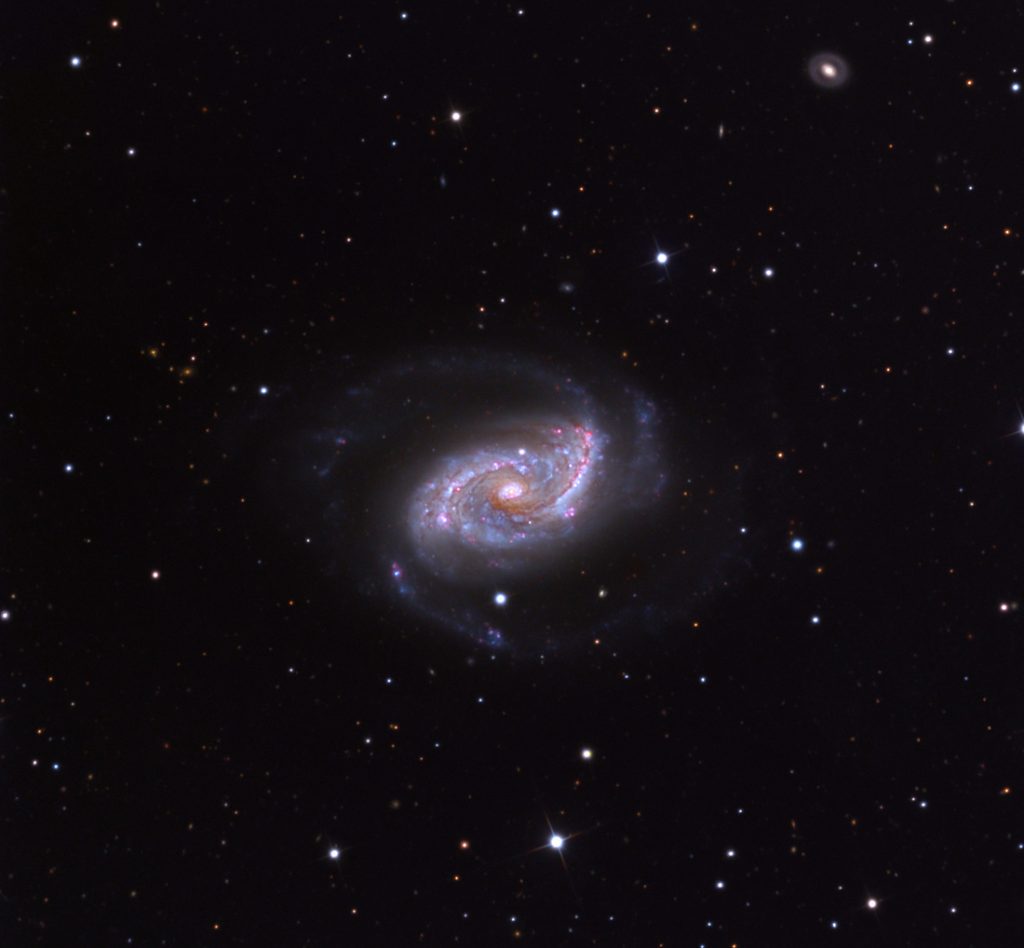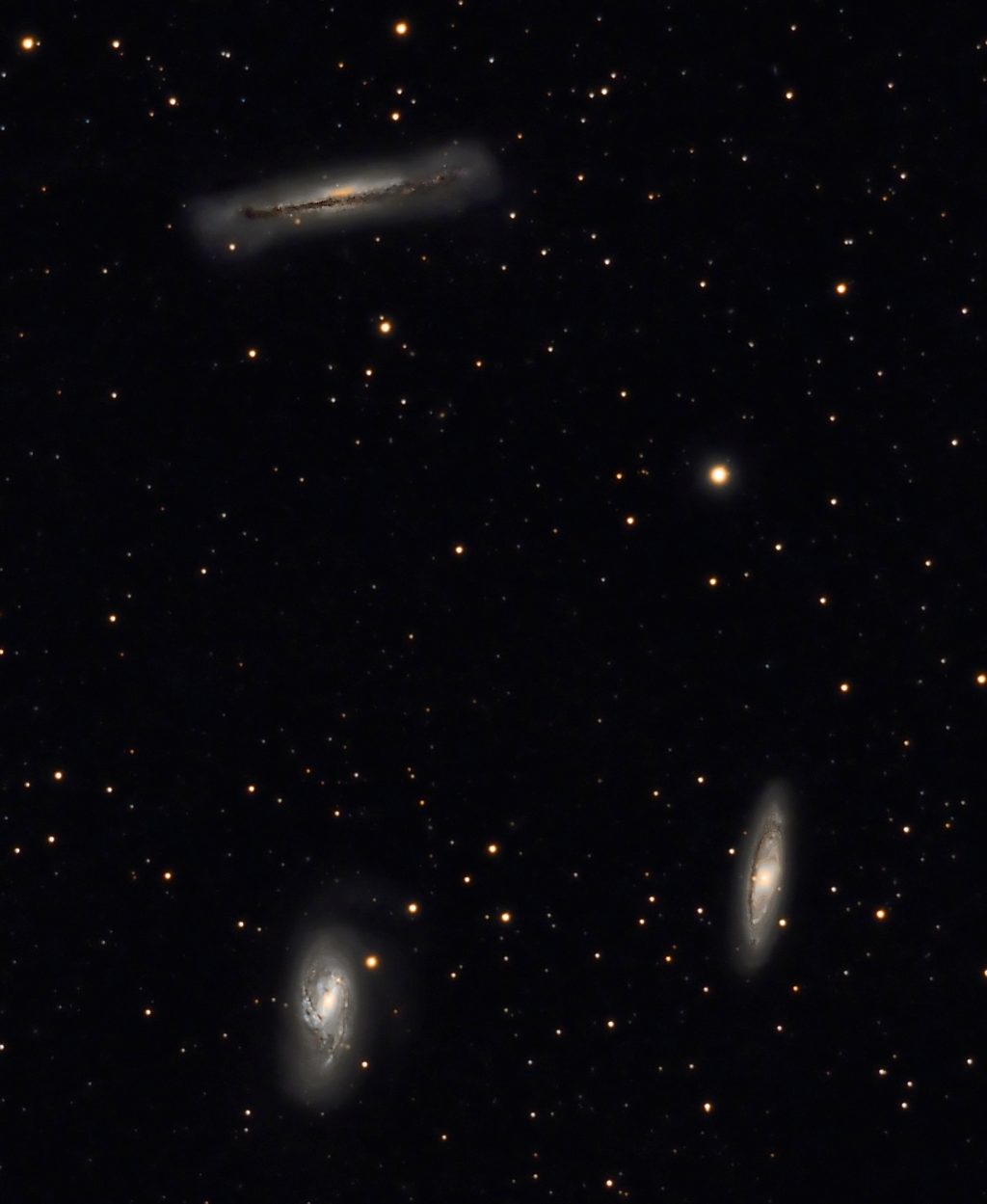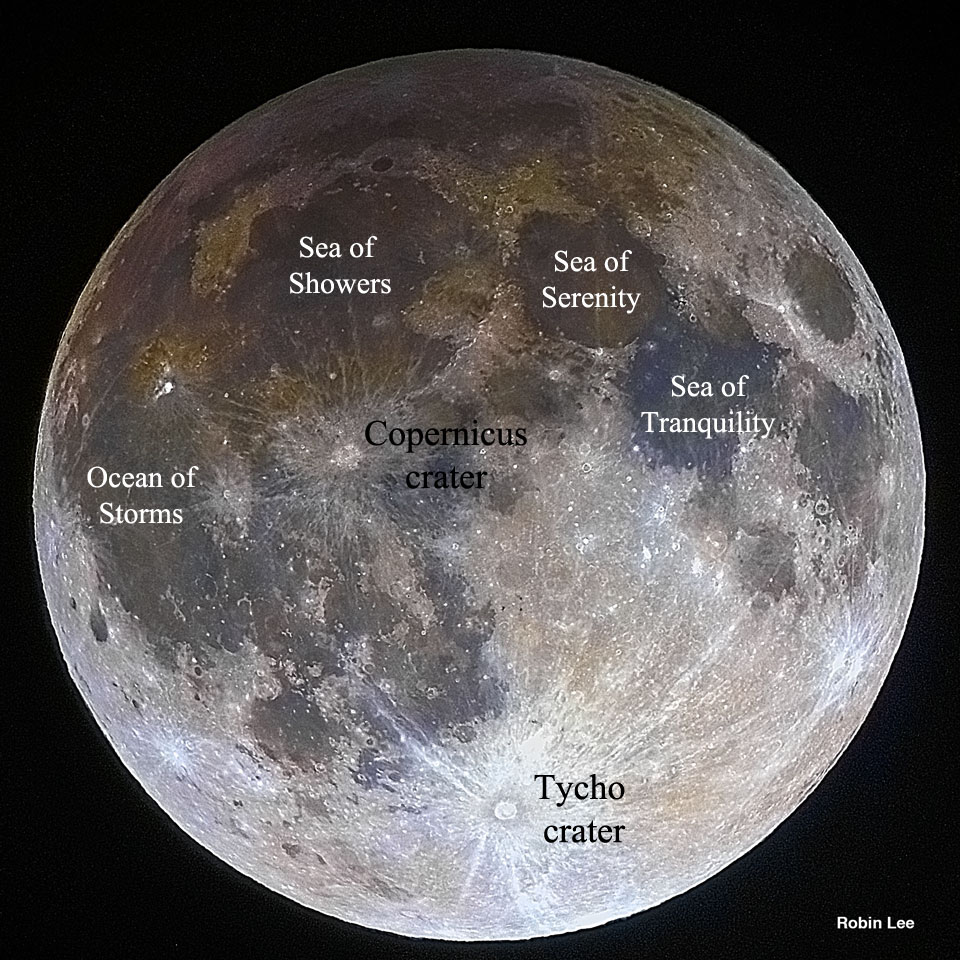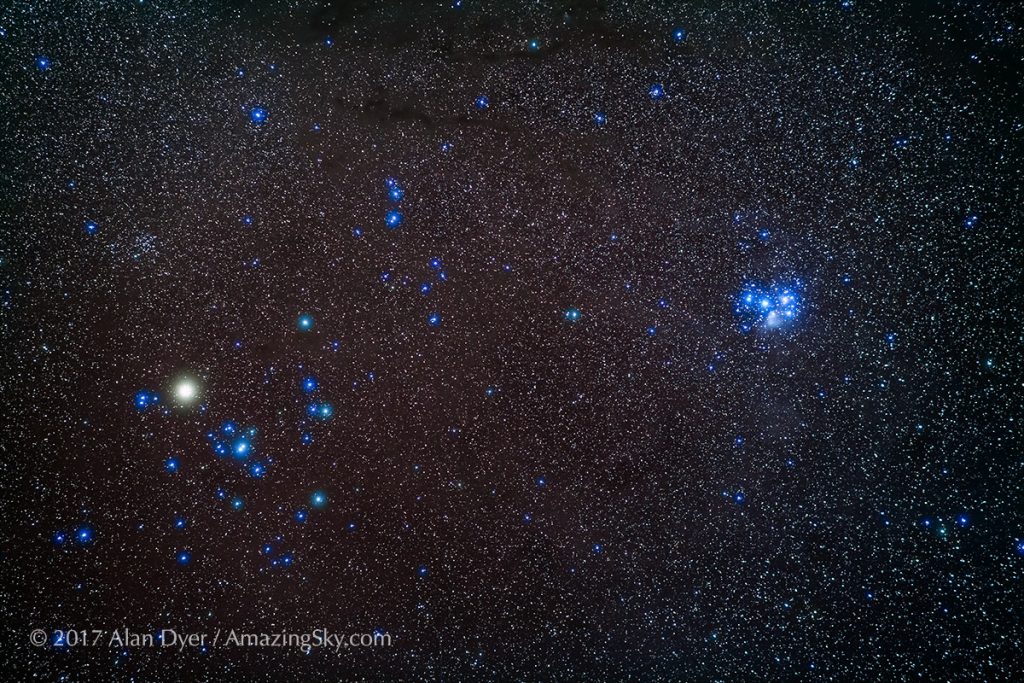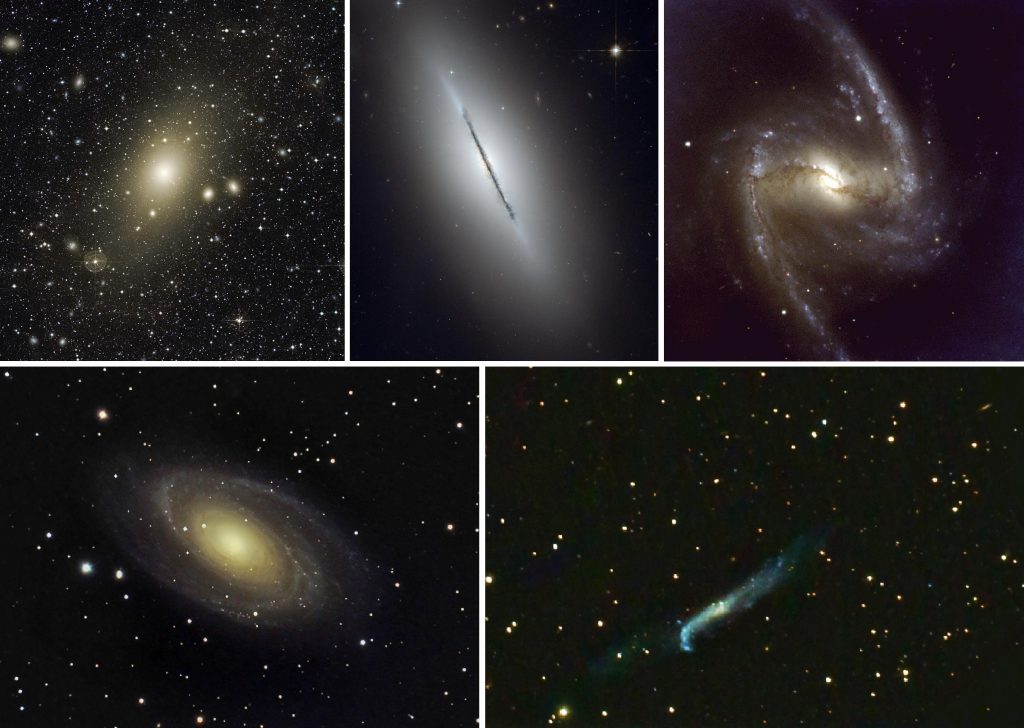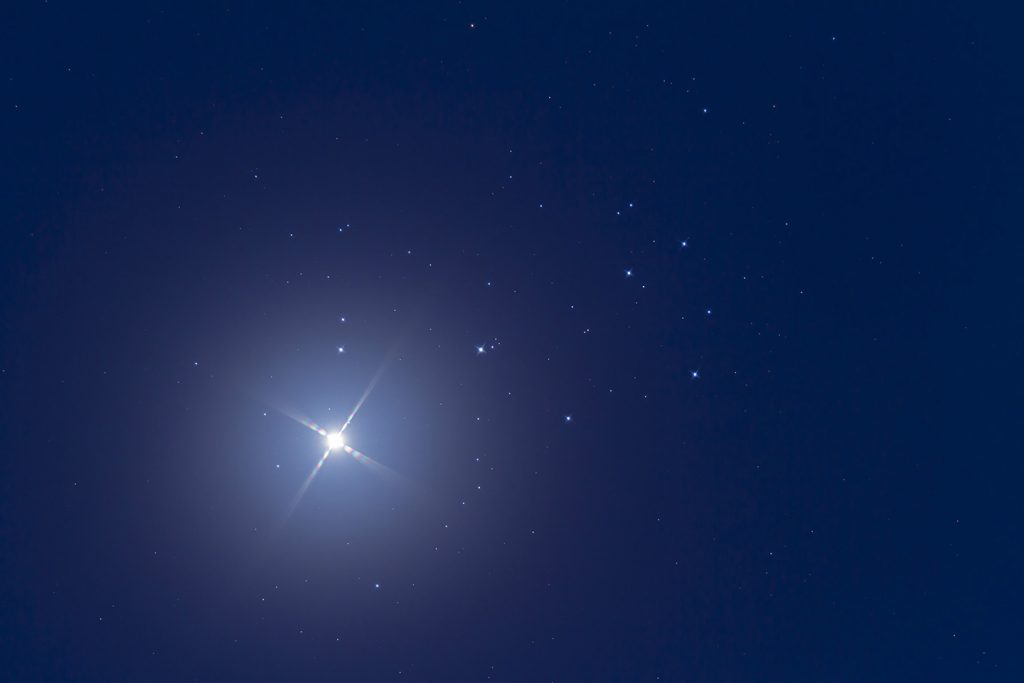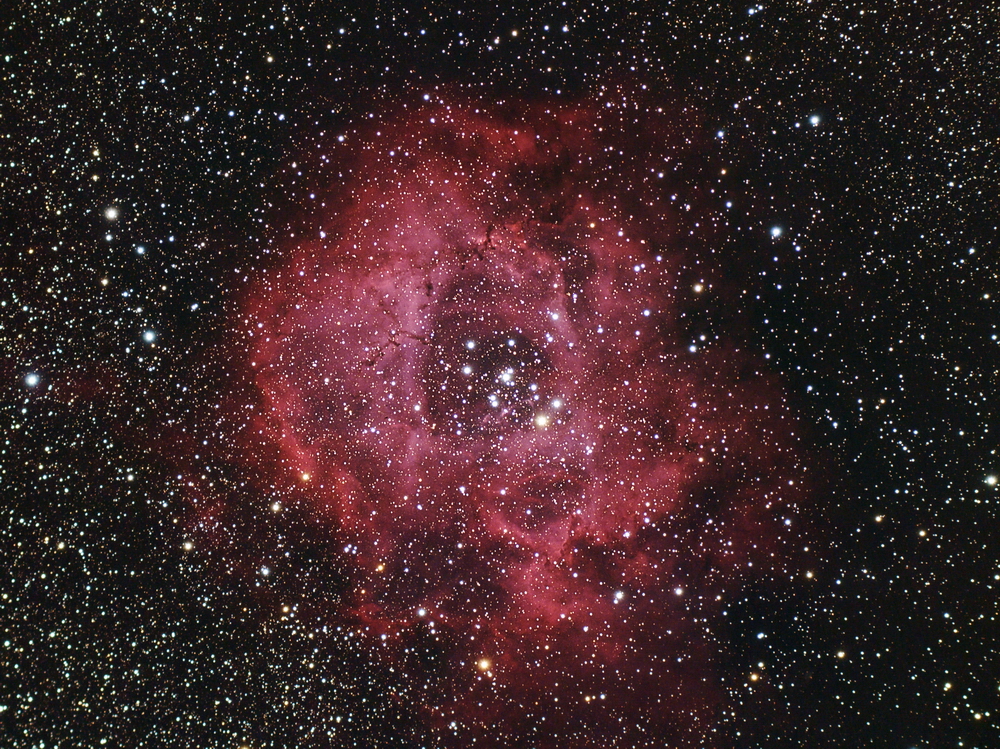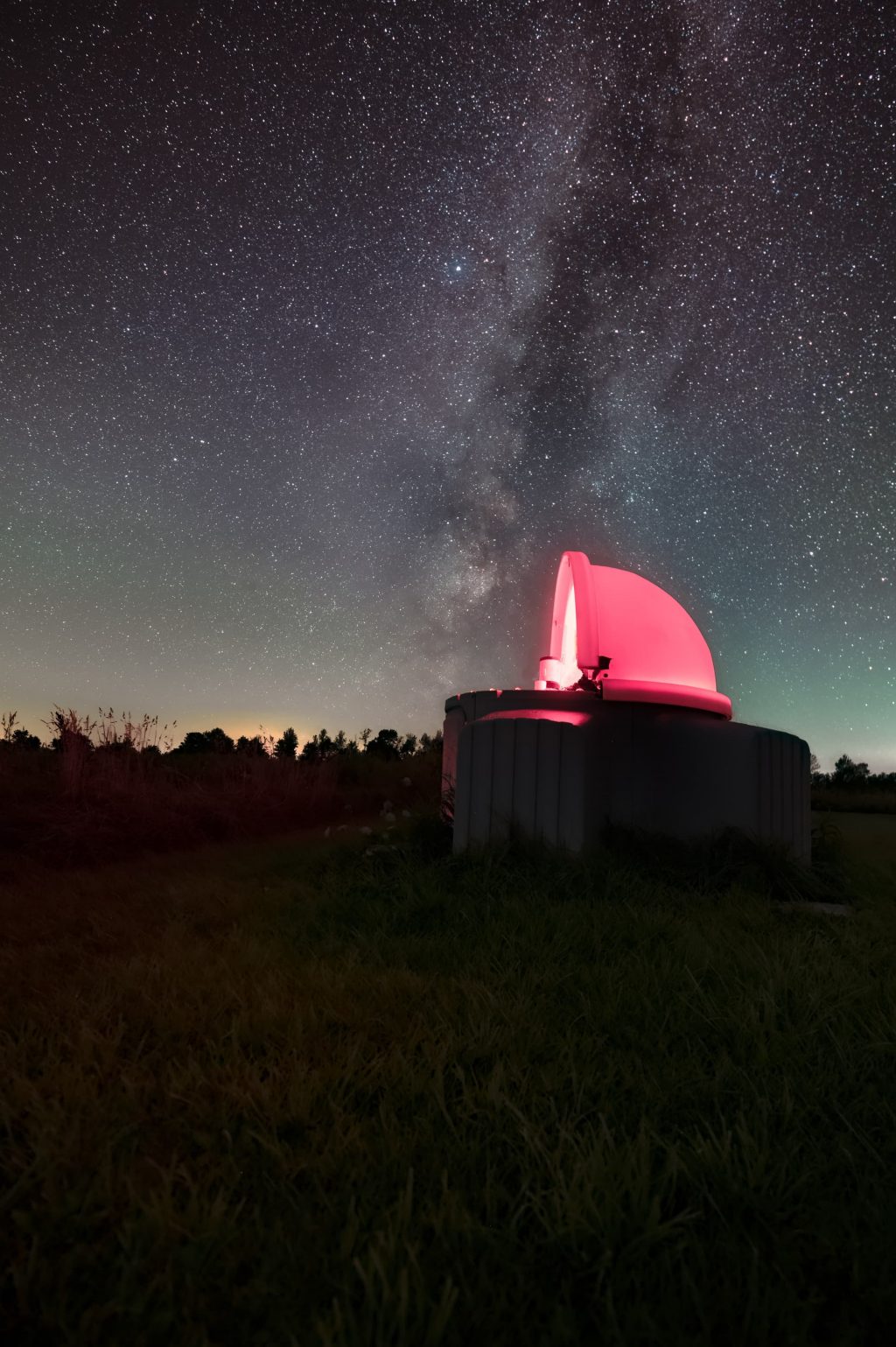The Old Moon Covers Jupiter Near Saturn in Morning and Moonless May Evenings Let us Peruse the Ploughman!
This gorgeous spiral galaxy named NGC 5248 and Caldwell 45 in Boötes is visible in medium-sized and larger telescopes on moonless evenings. Image by Adam Block of Mount Lemmon Observatory (Wikipedia) Hello, Moonless May Stargazers! Here are your Astronomy Skylights for the week of May 14th, 2023 by Chris Vaughan. Feel free to pass this…
Read more
